According to Windows, the users can only upgrade from Windows 10 Home to Windows 10 Pro and activate their device using a valid product key or a digital license for Windows 10 Pro. The users can also buy it from the Microsoft Store. After getting the Microsoft 10 pro upgrade key, the users will need to select the Start button and open up Settings. Then they need to open the Update & Security window and search for Activation there.
They can type out their key here and the process will start immediately. Apart from this here is also a video taken from Youtube that can help out the users with the same. Older blog but I will take a chance and post my problem. One partition is windows 10 Home 64bit and the other is windows 10 pro 32 bit.
When I had a hardware failure I replaced the mainboard with a board that was very close to the original in the sense of chipsets and CPU. Used my original Graphics card , FAXmodem , Hard drives, and memory. When I powered the system I went to the 64 bit partition first. It activated using the "replace hardware recently" option. I have a second retail win 7pro disc package with valid key but when I enter it, It just keeps saying I can't have two different versions on the same machine basically.
In March 2016, some users also alleged that their Windows 7 and 8.1 devices had automatically begun upgrading to Windows 10 without their consent. In June 2016, the GWX dialog's behavior changed to make closing the window imply a consent to a scheduled upgrade. It was concluded that these users may have unknowingly clicked the "Accept" prompt without full knowledge that this would begin the upgrade. The upgrade offer was marketed and initiated using the "Get Windows 10" application, which was first downloaded and installed via Windows Update in March 2015. Third-party programs were also created to assist users in applying measures to disable GWX.
Can I Install Windows 10 Pro For Free Microsoft stated that these devices would no longer receive feature updates, but would still receive security updates through January 2023. Microsoft will continue to support at least one standard Windows 10 release until October 14, 2025. If your existing Windows 10 PC is running Windows 10 20H1 or later and meets the minimum hardware specificationsit will be able to upgrade to Windows 11. The upgrade rollout plan is still being finalized, but for most devices already in use today, we expect it to be ready sometime in early 2022.
Not all Windows 10 PCs that are eligible to upgrade will be offered to upgrade at the same time. To see if your PC is eligible to upgrade, refer to our knowledge base for a list of tested systems. Once the upgrade rollout has started, you can check if it is ready for your device by going to Settings/Windows Updates. Similar to how end users are notified when updates are available in Windows 10, end users will see an indication in the notification areas of the taskbar in the bottom right, that the upgrade is available. More information on how that is presented will be available at a later date. Additional desktop notification options may be also be added at a later date.
Would be better if you would also add some tips for potential buyers who will otherwise take the cheapest option and buy the home edition which is atrocious. Better to spend few Rs more and get the Pro version. After a couple of such deliberate disruptions I decided to put in a Linux dual boot option, and have stuck with it since the last time windows got stuck at the "wait while windows is getting ready " stage.
If your Windows 7 or Windows 8 license is not activated and you are not interested in purchasing a license, then your options are limited. Microsoft offers a 90 day trial of its Windows 10 Enterprise edition. Windows 10 Enterprise is normally distributed under Microsoft's volume license program for large organizations that deploy Windows 10 in bulk. It's a full-featured edition of the operating system but in this case, it's really an evaluation version of the software. Users must register before they can download and install the software. This option is perfect for those users who are running Windows Vista or never had a genuine license, to begin with.
Other critics argued that Microsoft should not have triggered any downloading of Windows 10 installation files without user consent. Feature updates prior to version 1909 are distributed solely as an in-place upgrade installation, requiring the download of a complete operating system package (approximately 3.5 GB in size for 64-bit systems). Unlike previous builds, version 1909 is designed primarily as an update rollup version of 1903, focusing primarily on minor feature additions and enhancements. The full upgrade process is still used for those using builds prior to 1903. 10 product keys, meaning they could be entered during installation to activate the free license, without the need to upgrade first to "activate" the hardware with Microsoft's activation servers. The OS restricts software installation to applications obtained from Microsoft Store; the device may be upgraded to Windows 10 Pro for a fee to enable unrestricted software installation.
As a time-limited promotion, Microsoft stated that this upgrade would be free on the Surface Laptop until March 31, 2018. Windows 10 S also contains a faster initial setup and login process, and allows devices to be provisioned using a USB drive with the Windows Intune for Education platform. A new iteration of the Start menu is used on the Windows 10 desktop, with a list of places and other options on the left side, and tiles representing applications on the right.
The menu can be resized, and expanded into a full-screen display, which is the default option in Tablet mode. A new virtual desktop system was added by a feature known as Task View, which displays all open windows and allows users to switch between them, or switch between multiple workspaces. Universal apps, which previously could be used only in full screen mode, can now be used in self-contained windows similarly to other programs.
Program windows can now be snapped to quadrants of the screen by dragging them to the corner. When a window is snapped to one side of the screen, Task View appears and the user is prompted to choose a second window to fill the unused side of the screen (called "Snap Assist"). The new Start menu takes after Windows 7's design by using only a portion of the screen and including a Windows 7-style application listing in the first column. The second column displays Windows 8-style app tiles.
Myerson said that these changes would occur in a future update, but did not elaborate. Windows Phone 8.1 would share nearly 90% of the common Windows Runtime APIs with Windows 8.1 on PCs. This edition is designed for "special-purpose devices" that perform a fixed function . For this reason, it excludes Cortana, Microsoft Store, and all bundled Universal Windows Platform apps .
I have tested this scenario multiple times on hardware that originally shipped with Windows Home and was upgraded to Windows 10 Pro. When prompted, be sure to choose Windows 10 Pro as the edition to install. Windows 10 Pro edition includes all the features available in Windows 10 Home. Its interface is quite attractive and very user-friendly. Windows 10 Pro edition provides the best and amazing GUI. It is very easy to use as compared to other Microsoft Windows OS like Windows 7 and Windows 8.1 and 8.
All the features are accessible to users and easy to manage. Pro edition of Windows 10 has all the security updates available and also have access to regular updates and releases from Microsoft. Microsoft Windows 10 gives you full gaming experience via Xbox live and Xbox apps available.
Gamers can have access to all the online gaming communities. Gamers can capture and share their gameplay with other players. Windows 10 Start Menu is a combined look of Windows 7 and 8, 8.1 Start Menu. The Start button is located at the lower-left corner of the screen, you can click it to display the Start menu.
The Start Menu of Windows 10 is divided into two sections. On the left is a navigation section that gives you access to your user account, Documents, Pictures, Settings, and Power options, this section also has access to all the installed applications on your computer. You can file the product key away after you've completed a Windows 10 Home to Pro upgrade successfully. Your update has been converted to a digital license tied to your specific hardware.
Microsoft's activation servers will detect your hardware and immediately activate Windows 10. As of the May 2019 update, the minimum disk space requirement has been increased to 32 GB. In addition, on new installations, Windows permanently reserves up to 7 GB of disk space in order to ensure proper installation of future feature updates. The Anniversary Update added Windows Subsystem for Linux , which allows the installation of a user space environment from a supported Linux distribution that runs natively on Windows. The subsystem translates Linux system calls to those of the Windows NT kernel . The environment can execute the Bash shell and 64-bit command-line programs (WSL 2 also supports 32-bit Linux programs and graphics, assuming supporting software installed, and GPUs support for other uses).
Windows applications cannot be executed from the Linux environment, and vice versa. Linux distributions for Windows Subsystem for Linux are obtained through Microsoft Store. The feature initially supported an Ubuntu-based environment; Microsoft announced in May 2017 that it would add Fedora and OpenSUSE environment options as well.
Windows 10 received generally positive reviews upon its original release. Two years back, Microsoft quietly made Windows 10 free to download, install, and use. However, the sad part is that users are still unaware of it. If you are looking for a Windows 10 key, the better alternative will be to use the free version of Windows 10 instead of buying a new license key. It comes with all Windows functionalities and you will get feature and security updates too.Basically, everything works similar to the activated Pro version. After you've successfully performed a Home-to-Pro upgrade, you can file that product key away.
Your upgrade is now a digital license, attached to your unique hardware. If you perform a reinstallation of Windows, Microsoft's activation servers will recognize the hardware and activate Windows 10 automatically. Starting with Windows 10 version 2004, Microsoft will require new OEM devices to use 64-bit processors, and will therefore cease the distribution of x86 (32-bit) variants of Windows 10 via OEM channels.
The 32-bit variants of Windows 10 will remain available via non-OEM channels, and Microsoft will continue to " feature and security updates on these devices". This would later be followed by Windows 11 dropping 32-bit hardware support altogether, and thus making Windows 10 the final version of Windows to have a 32-bit version. 10 Home and Pro is "Semi-Annual Channel " (formerly "Current Branch", or "CB"), which receives stable builds after they are publicly released by Microsoft. Each build of Windows 10 is supported for 18 months after its original release.
Windows 10 provides greater integration with the Xbox ecosystem. Windows 10 also allows users to control and play games from an Xbox One console over a local network. The Xbox Live SDK allows application developers to incorporate Xbox Live functionality into their apps, and future wireless Xbox One accessories, such as controllers, are supported on Windows with an adapter. Well, there are many other Editions of Windows 10 including the Home, Mobile,10 Enterprise, and Education but the Pro flavor is known for its maximum stability, grace and also it's well suited for business needs.
Windows 10 Pro is compatible with smartphones, tablets and desktop PC's. Excluding enterprise and pro edition, all other versions are intended to deliver what a home user desire. Although all versions are updated with the same core concept, still this edition is much appealing to business class in many concerns. Classification may be considered as, just like Windows 7 ultimate has some extra features making it dominate the fellow versions. On January 21, 2016, Microsoft was sued in small claims court by a user whose computer had attempted to upgrade to Windows 10 without her consent shortly after the release of the operating system. The upgrade failed, and her computer was left in a broken state thereafter, which disrupted the ability to run her travel agency.
The court ruled in favor of the user and awarded her $10,000 in damages, but Microsoft appealed. However, in May 2016, Microsoft dropped the appeal and chose to pay the damages. 10 heavily emphasizes freemium services, and contains various advertising facilities. Some outlets have considered these to be a hidden "cost" of the free upgrade offer. Device Guard is designed to protect against zero-day exploits, and runs inside a hypervisor so that its operation remains separated from the operating system itself.
Best of all, you only need to use the older product key one time. To upgrade from Windows 7 to Windows 10 if you have a product key from Windows 7, 8, or 8.1, download the Windows Media Creation Tool from the Microsoft website, and then follow the prompts to upgrade your PC. Other options include purchasing a new PC with Windows 10 installed or buying Windows directly from Microsoft.
If you have upgraded to or installed Windows 10 Home on your computer and would like to upgrade to Windows 10 Pro edition to test or try it, then things have become easier. Microsoft has made available for all a default product key for Windows 10 Pro that anyone can use to upgrade his or her Windows 10 Home to Windows 10 Pro, for free, right away. The OS will upgrade, but your copy of Windows 10 Pro will not be activated. GVLK Keys can be a far better and secure choice as KMS Client to activate windows of any version.
But Some people want frees solution and can't buy the keys. And we are the third part which may suggest you try some GVLK keys rather than direct product keys. In October 2015, Windows 10 began to appear as an "Optional" update on the Windows Update interface, but pre-selected for installation on some systems. A Microsoft spokesperson said that this was a mistake, and that the download would no longer be pre-selected by default. In December 2015, it was reported that a new advertising dialog had begun to appear, only containing "Upgrade now" and "Upgrade tonight" buttons, and no obvious method to decline installation besides the close button.
Critics have acknowledged that Microsoft's update and testing practices had been affecting the overall quality of Windows 10. In particular, it was pointed out that Microsoft's internal testing departments had been prominently affected by a major round of layoffs undertaken by the company in 2014. Microsoft relies primarily on user testing and bug reports via the Windows Insider program , as well as correspondence with OEMs and other stakeholders. Following the incident, Microsoft updated Feedback Hub so that users may specify the severity of a particular bug report.
The Windows Runtime app ecosystem was revised into the Universal Windows Platform . These universal apps are made to run across multiple platforms and device classes, including smartphones, tablets, Xbox One consoles, and other devices compatible with Windows 10. This seems to contradict the above analysis but that is the statement of security experts.



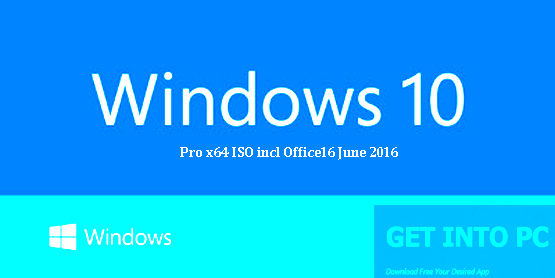










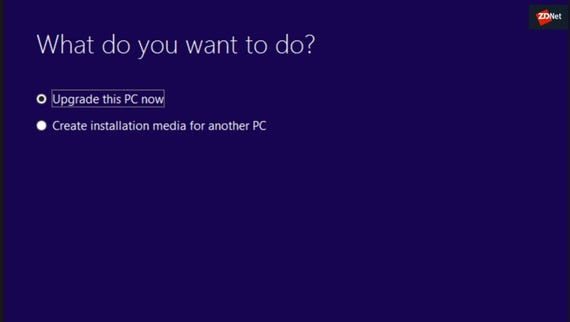






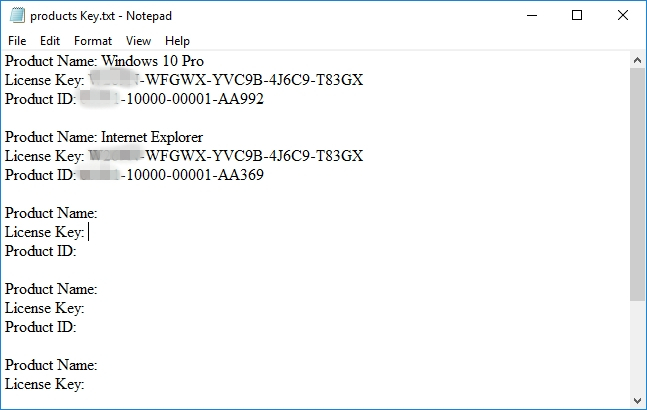



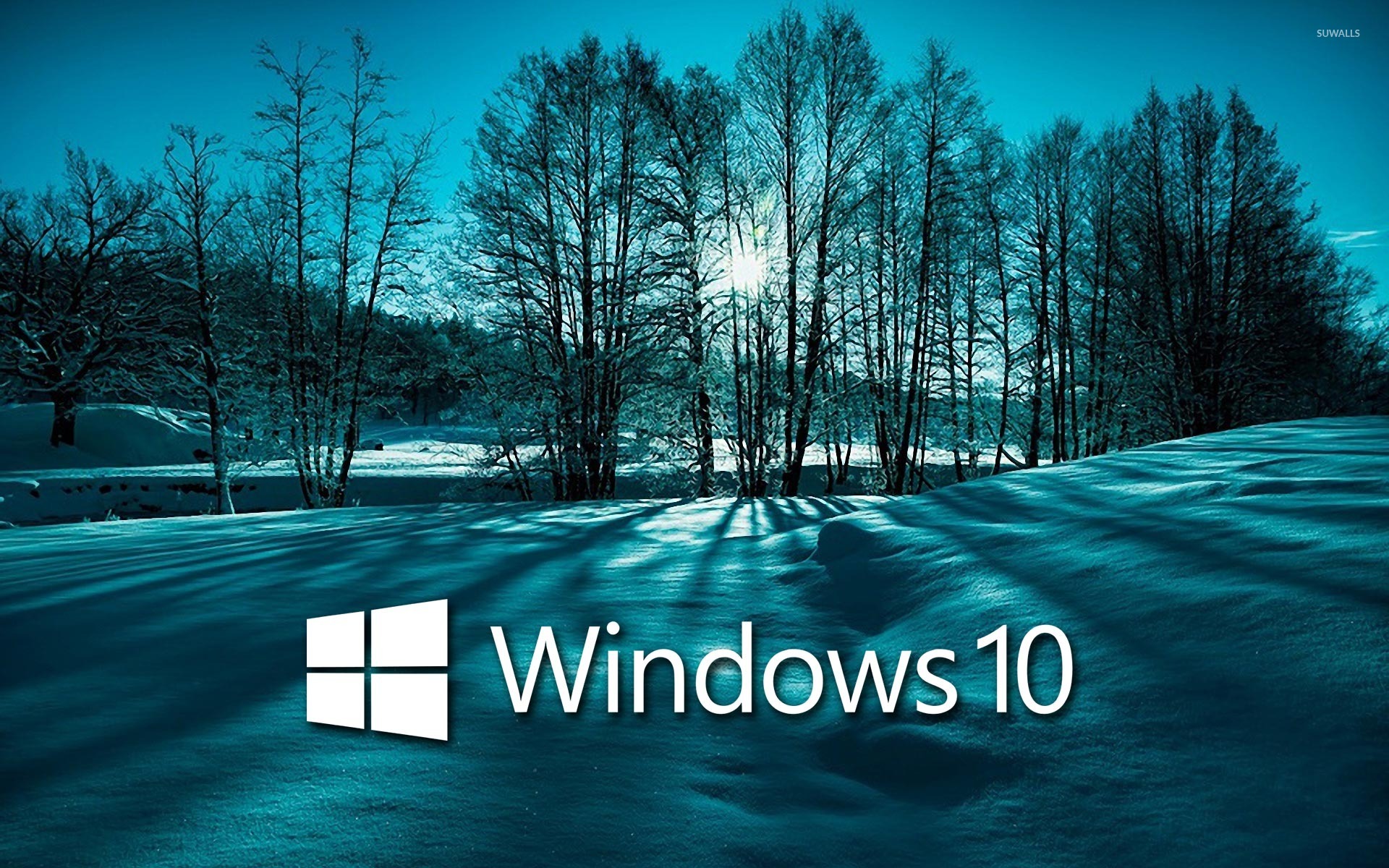

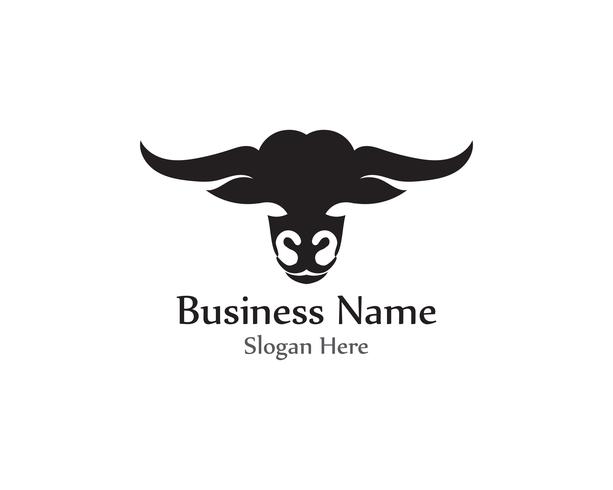
No comments:
Post a Comment
Note: Only a member of this blog may post a comment.